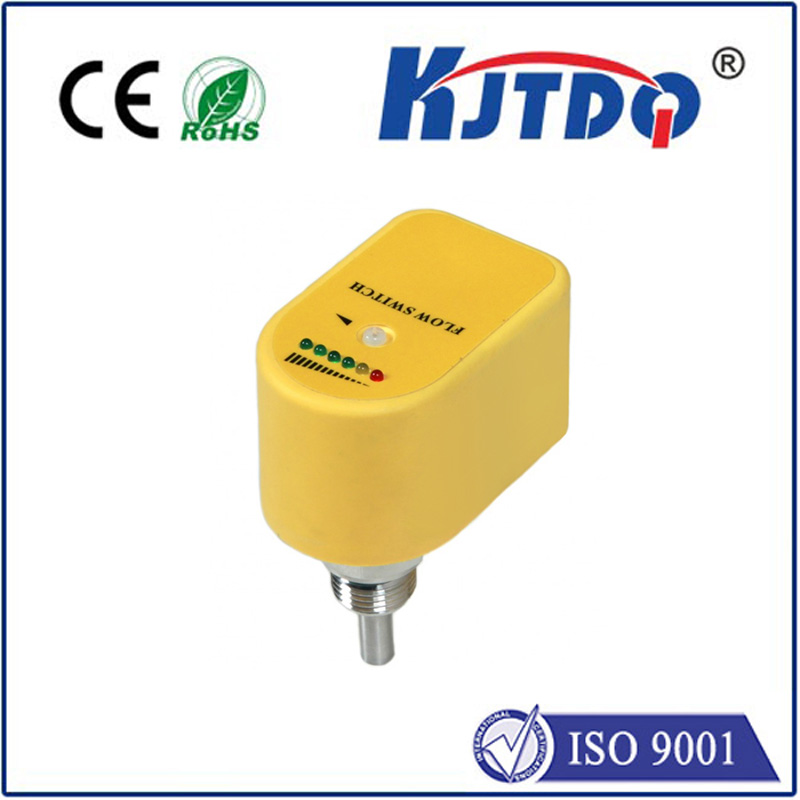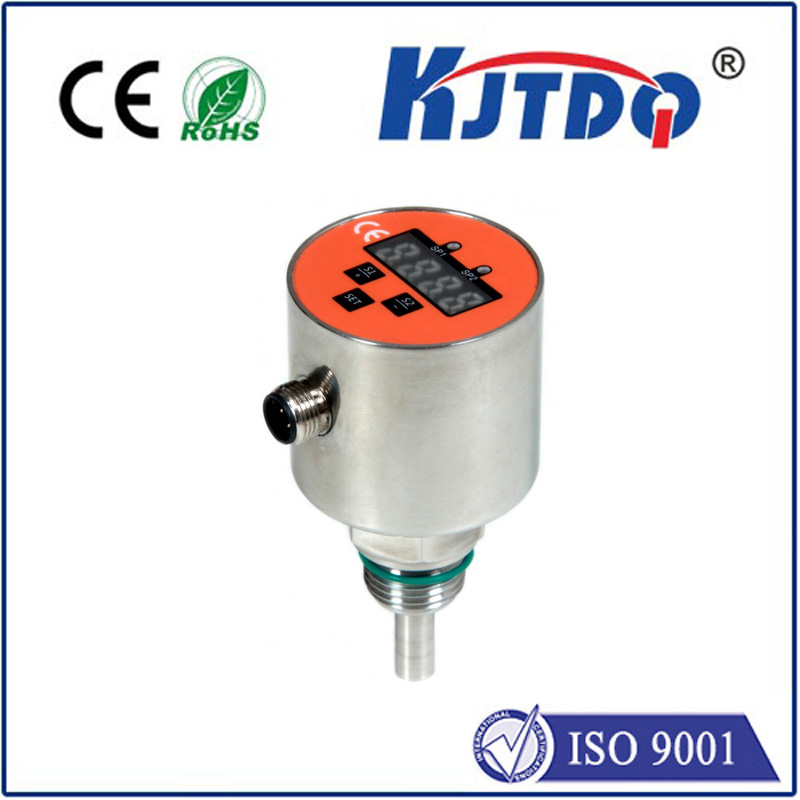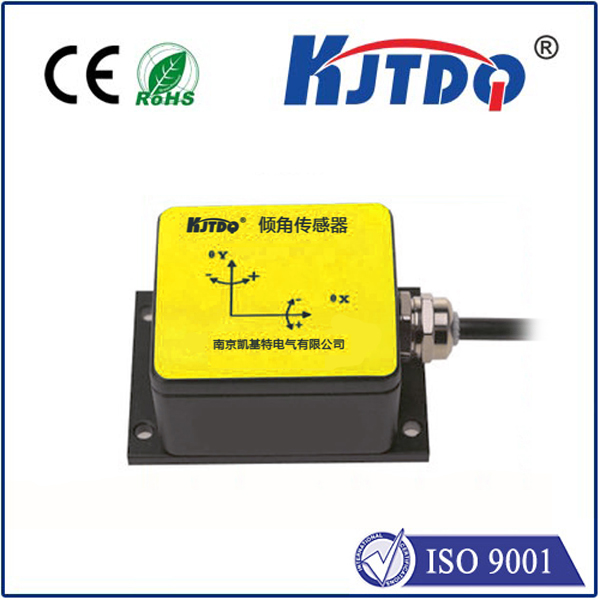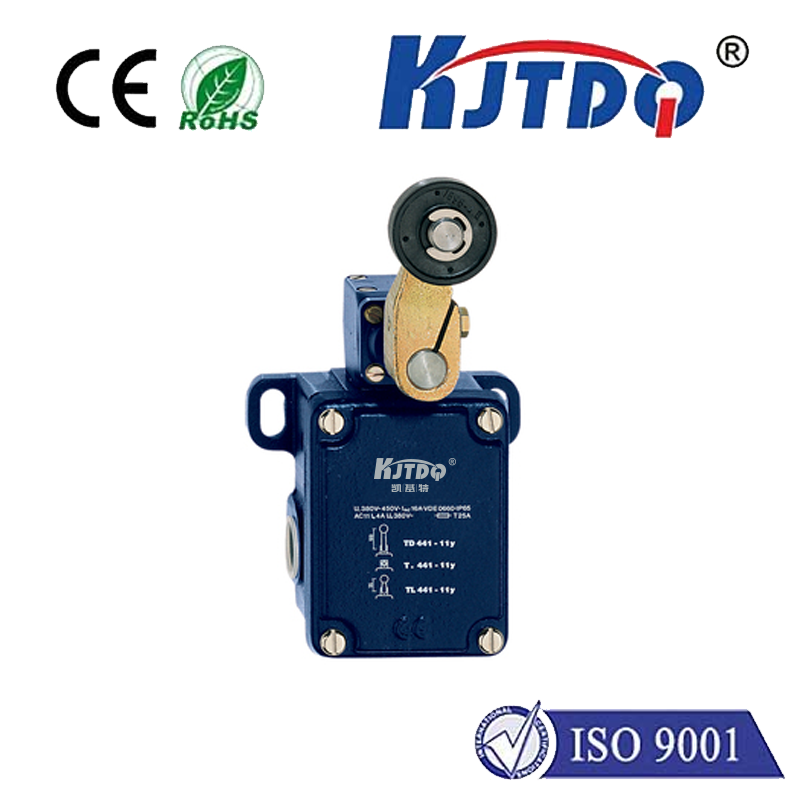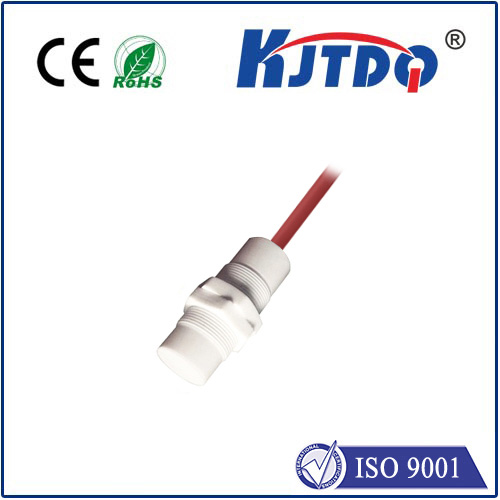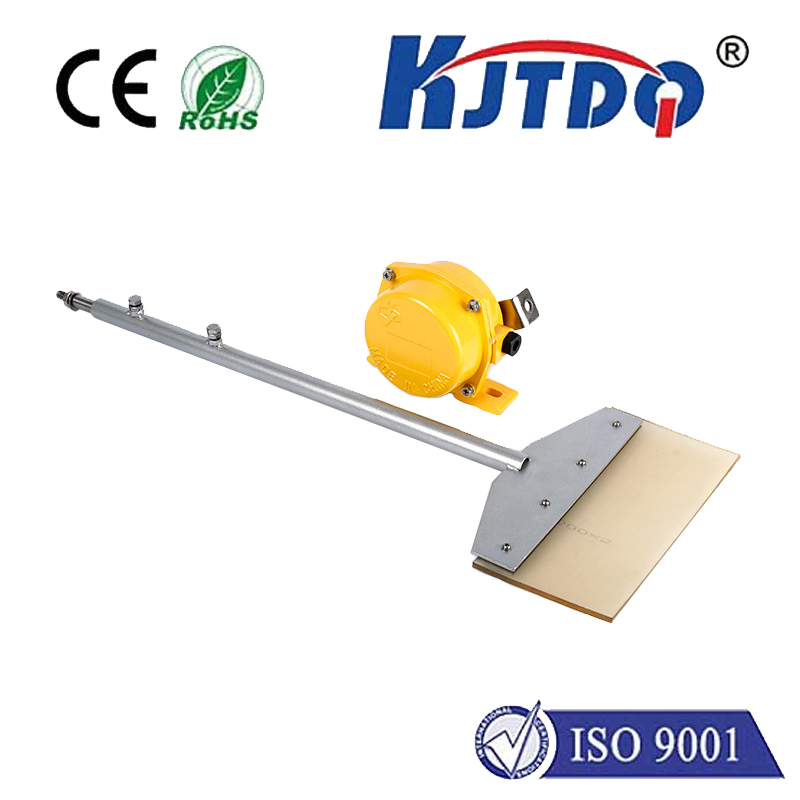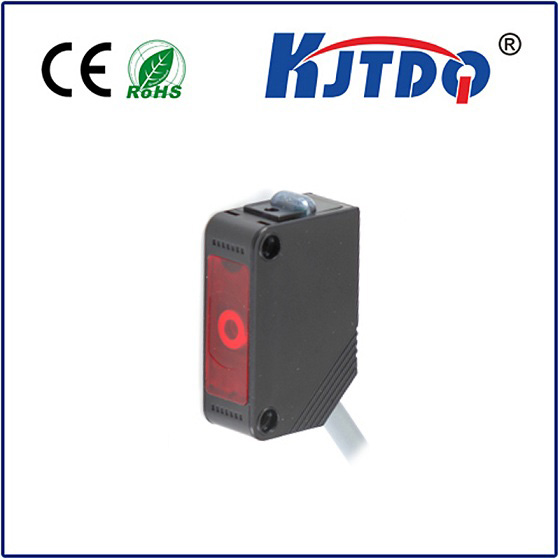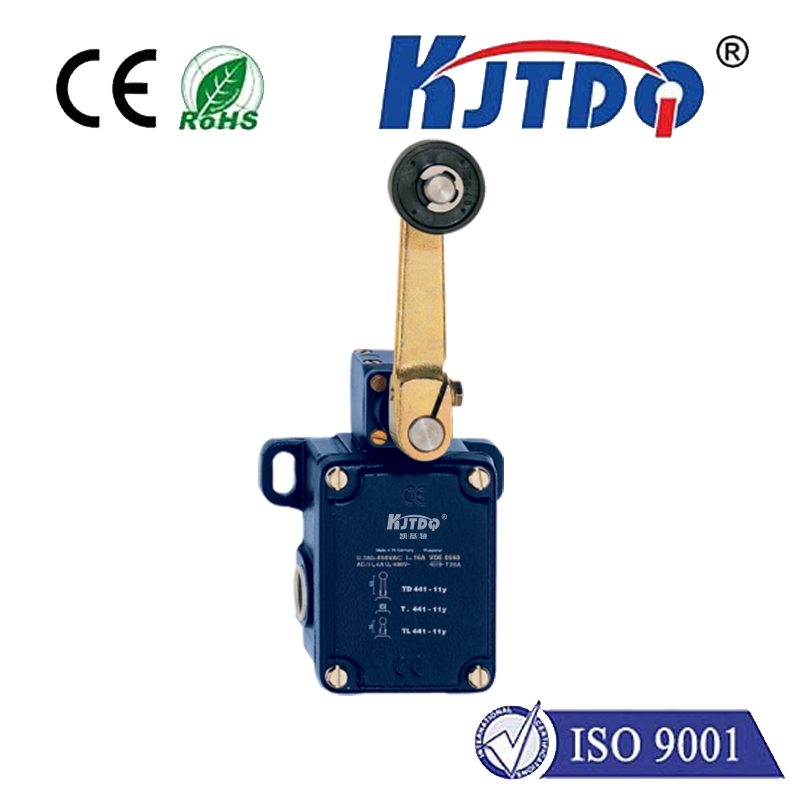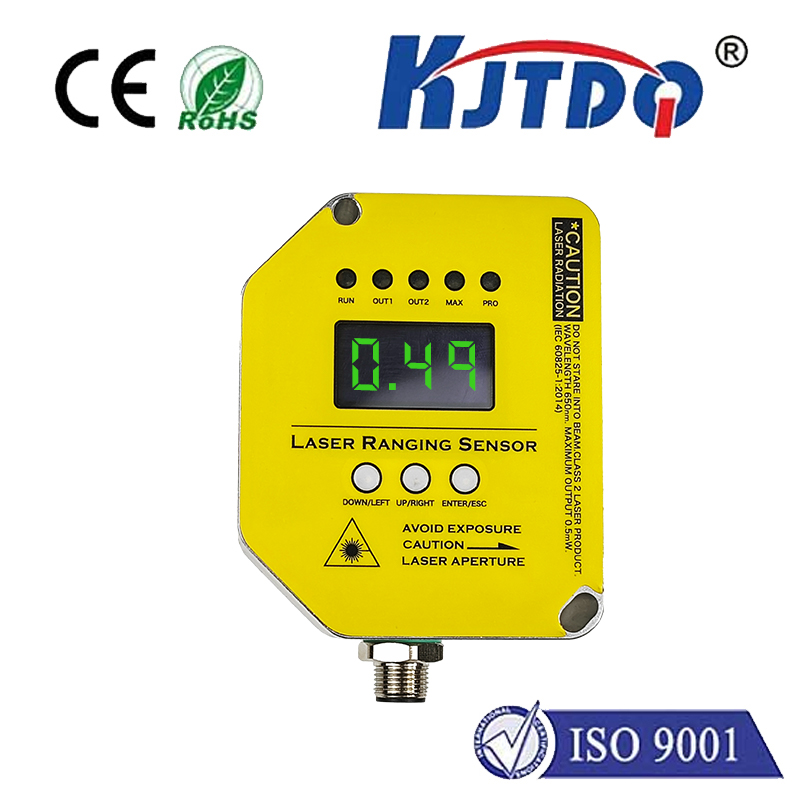Переключатель шторы
- time:2025-08-06 13:08:53
- Нажмите:0
The Essential Role of Roller Shutter Door Limit Switches in Safe & Efficient Operations
Imagine this: your warehouse roller shutter door slams shut unexpectedly, damaging valuable stock. Or worse, it reverses while closing, potentially injuring an employee. These alarming scenarios are precisely what roller shutter door limit switches are designed to prevent. Often overlooked but critically important, these small components are the guardians of both smooth functionality and vital safety for your commercial or industrial doors.
What Exactly is a Roller Shutter Door Limit Switch?
At its core, a limit switch is a precision electromechanical device strategically positioned within the roller shutter door mechanism. Its primary function is to detect the physical position of the door – specifically, when it reaches its fully open (top) or fully closed (bottom) positions. Think of it as the door’s internal “stop” and “start” signals.

When the door ascends and touches the designated “fully open” position, the switch is activated (either mechanically via a cam or lever, or sometimes magnetically). This action sends an immediate signal to the door’s motor control unit, commanding it to stop operation. Conversely, when the door descends and contacts the “fully closed” position, a similar activation occurs, signaling the motor to halt downward movement. This precise stopping is fundamental to the door’s reliable operation.
Why Roller Shutter Door Limit Switches Are Non-Negotiable
- Safety: The Paramount Priority
- The most crucial role of the limit switch is preventing accidents and injuries. Without a functioning bottom limit switch, a door could continue descending with excessive force. This poses a crushing hazard to people, vehicles, or objects underneath. A properly set limit switch ensures the door stops precisely at the ground level.
- Top limit switches prevent the door from over-traveling into the winding drum or structural components, avoiding potential damage to the door curtain, guides, or the motor itself, which could lead to sudden failures.
- Ensuring Precision Operation & Protecting the Drive System
- Positioning accuracy is critical for automated systems integrating with dock seals, vehicle restraints, or security systems. Limit switches guarantee the door stops exactly where programmed every single time.
- By preventing the motor from straining against a physical endpoint (known as “deadheading”), limit switches protect the motor, gearbox, and chain/belt drive from excessive wear, overheating, and premature failure. This translates directly to reduced maintenance costs and extended equipment lifespan.
- Enabling Smooth Automation and Control Integration
- Limit switches provide the essential position feedback required by control systems. They are integral to the seamless operation of photoelectric sensors (safety beams), automatic open/close cycles triggered by push buttons, keypads, or remote controls. They are the ‘brains’ telling the system when the intended movement cycle is complete.
- Preventing Damage and Misalignment
- Consistent, precise stopping prevents the door curtain from buckling or jamming against the guides. It also maintains proper alignment of the curtain slats within the side guides, ensuring smooth rolling and preventing costly derailments or track damage.
How Do Roller Shutter Door Limit Switches Work? (The Core Mechanism)
While designs vary (lever arm, plunger, rotary cam, magnetic proximity), the mechanical cam type is highly common and reliable in roller shutter applications:
- The Cam: A specifically shaped rotating disc is attached to the door’s drive shaft. As the shaft turns (opening or closing the door), the cam rotates along with it.
- The Actuator: A spring-loaded lever arm or roller follower is positioned adjacent to the cam’s path. This is the physical actuator of the switch.
- Contact Triggering: As the cam rotates, its high point (lobe) eventually pushes against the actuator. This physical pressure overcomes the spring force and moves the actuator.
- Electrical Signal: The movement of the actuator internally opens or closes electrical contacts within the limit switch assembly.
- Signal to Controller: This change in the electrical circuit state (e.g., from Normally Open to Closed, or vice-versa) sends a signal to the motor controller, instantly cutting power to the motor.
- Position-Specific: Separate cams or distinct lobes on a single cam are meticulously adjusted to trigger the switch precisely at the desired fully open and fully closed positions. Adjustment screws allow technicians to fine-tune these positions accurately during installation or maintenance.
Critical Maintenance & Troubleshooting Insights
Like any mechanical component, roller shutter door limit switches require attention:
- Regular Inspection: Periodically check for visible damage to the switch housing, actuator arm/roller, or wiring connections. Listen for unusual noises during operation.
- Cleaning: Dust, grease, and debris buildup around the switch and cam mechanism can impede movement. Gentle cleaning with a soft brush or cloth is recommended. Avoid high-pressure sprays near electrical components.
- Check Actuator Movement: Ensure the lever arm or plunger moves freely without binding or sticking.
- Functionality Test: Manually activate the switch (carefully, according to manufacturer instructions) during a maintenance cycle to verify it correctly signals the motor to stop. Observe the door’s stopping points – are they consistent and precise?
- Signs of Failure:
- Door not stopping at the top or bottom position (over-travel).
- Door stopping prematurely before fully opening or closing (under-travel).
- Door reversing unexpectedly shortly after starting to close/open (often indicates a failing or misadjusted switch).
- Erratic motor behavior or control system errors reported.
- Importance of Adjustment: Correct limit switch adjustment is absolutely vital after any door installation, major repair, or if drift in stopping positions is observed. Incorrect adjustment renders the switch ineffective or even hazardous. This task should generally be performed by qualified technicians familiar with the specific door model and safety protocols. Never bypass a limit switch.
Conclusion: Small Component, Massive Impact
While inconspicuous, the Переключатель шторы is undeniably a cornerstone of safe, reliable, and efficient door operation. Its role in preventing catastrophic accidents, protecting expensive mechanical components, ensuring operational precision, and enabling smooth automation cannot be overstated. Neglecting its maintenance or ignoring signs of failure is a gamble with safety and operational continuity. By understanding its function and ensuring its proper care and adjustment, businesses safeguard their personnel, assets, and the smooth flow of daily operations where these robust doors are essential. Investing in the health of this small switch is an investment in peace of mind and long-term operational efficiency.

